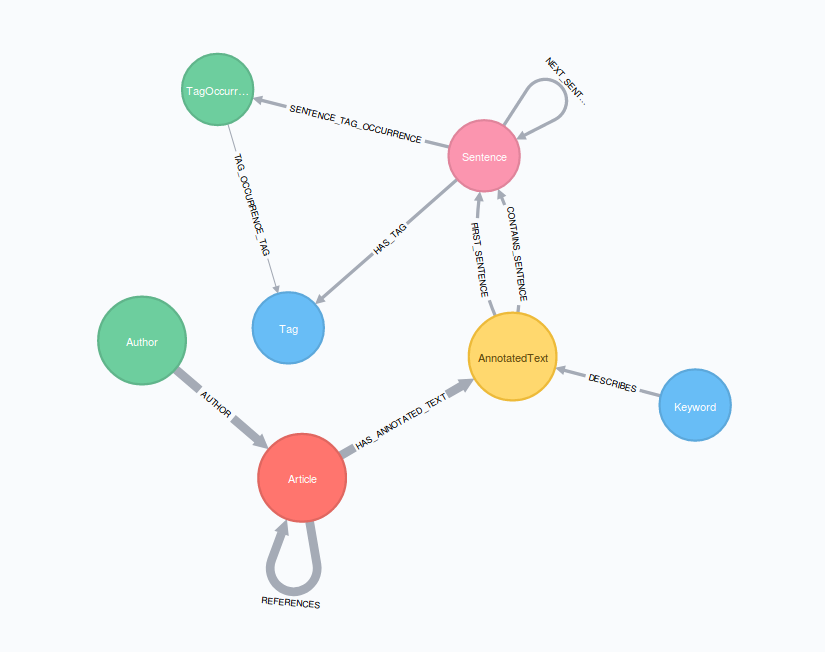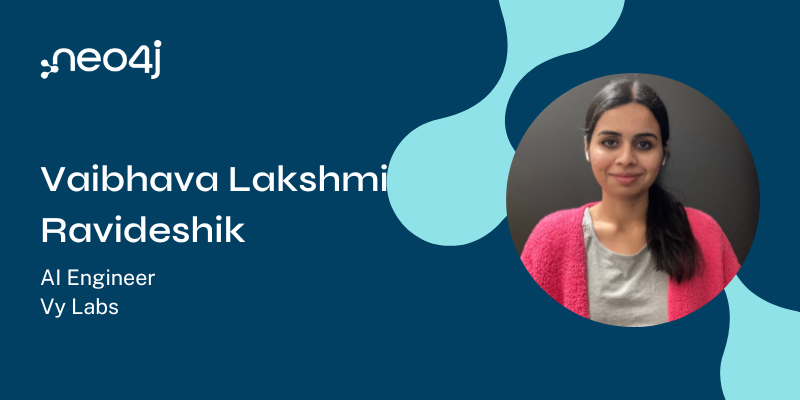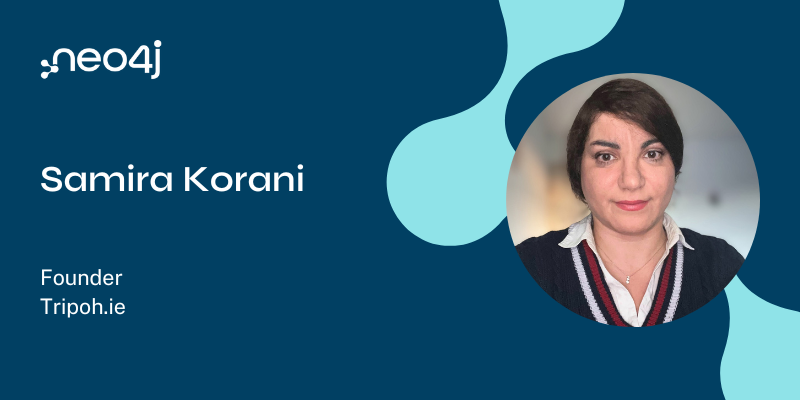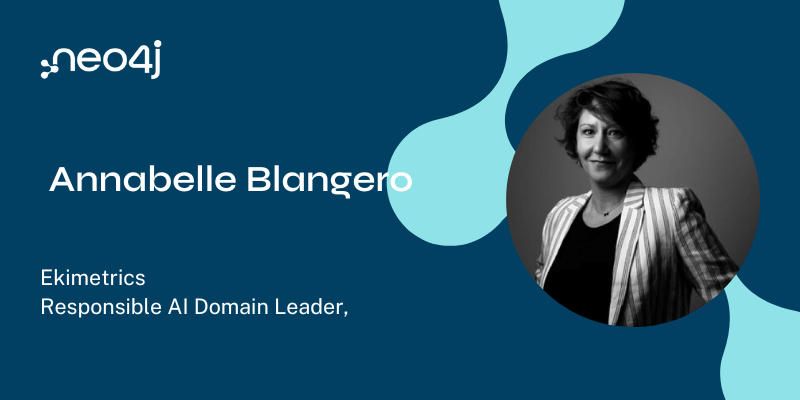This Week in Neo4j – Recommendations with Personalized PageRank, Solving the bucket-filling problem, Deep Text Understanding

Developer Relations Engineer
4 min read

Welcome to this week in Neo4j where we round up what’s been happening in the world of graph databases in the last 7 days.
This week we have recommendations with Personalized PageRank, Solving the bucket-filling problem, Deep Text Understanding, a new GraphQL book, Thinking in Graph for security, and more!
Featured Community Member: Scott Sosna
This week’s featured community member is Scott Sosna, Software Senior Principal Engineer at Dell EMC.

Scott Sosna – This Week’s Featured Community Member
Scott has been using Neo4j to explore different open data sets, and has already presented his work at the Central Iowa Java Users Group, DevoxxUK, and most recently at the DubJUG.
Scott explores how to use Neo4j for traffic data, the London tube network, US government public disclosure filings, and more! You can find some of Scott’s other graph datasets on GitHub.
On behalf of the Neo4j community, thanks for all your work Scott!
Neo4j Bloom Data Visualization for Everyone
This week Jeff Morris presented a webinar about Neo4j Bloom, a data visualization tool on the Neo4j Graph Platform.
Jeff explains why graph visualization is such an important tool for business users and then describes the features that Neo4j Bloom has to offer, such as near natural language search, code free graph changes, and direct graph interactions. Finally he shows how to use Bloom on several different datasets.
If you’re attending GraphConnect NYC 2018 next week (20/21 September), you’ll be able to learn more about Bloom in the following sessions:
Article recommendations using Personalized Pagerank and GraphAware NLP

Tomaz Bratanic has written a blog post explaining how to use the Personalized PageRank algorithm that was added in the most recent release of the Graph Algorithms library.
In the post Tomaz goes through a worked example showing how to build an article recommender system that finds the best articles or papers for a keyword given the context of the researcher asking the question.
As well as using the Graph Algorithms library, Tomaz also uses GraphAware NLP to build a graph of key phrases in each paper.
Solving the bucket-filling problem with Neo4j
Vince Bickers explains how to solve the bucket-filling problem by creating a state machine where each state is a node, and transitions between states are relationships.

Vince shows how to build out the state machine using various Cypher queries, ensuring that none of the rules of the game are broken as we do this. He then shows how to find all possible solutions for the problem using Cypher’s shortest path algorithm.
GraphQL Book Release, Thinking in Graphs, Virtual Nodes and Relationships

- Thomas Frisendal‘s latest book, Visual Design of GraphQL Data: A Practical Introduction with Legacy Data and Neo4j, is now available.
- Dinis Cruz shared the slides from his keynote, Thinking in Graphs, at the Open Security Summit 2018. Dinis covers various graphs in the security field, including threat modelling, and shows some of the work he’s been doing to analyse security issues in Neo4j.
- Michael Hunger has written a pseudo blog post in response to a question on the Neo4j forum about Virtual Nodes and Relationships. In the post Michael explains why they’re useful and how they’re already being used in the APOC and Graph Algorithms libraries.
Releases: 3.4.7 AMIs for AWS and Java Driver 1.7.0-beta02

David Allen announced the release of New AMIs for Neo4j 3.4.7 on AWS. These AMIs come ready made with APOC and Graph Algorithms so that you can start building your graph based applications as quickly as possible.
Deep Text Understanding, Semantic Analysis, Micrometer and Spring Boot

- Dr. Vlasta Kůs and Dr. Alessandro Negro have written a blog post titled Deep text understanding combining Graph Models, Named Entity Recognition and Word2Vec, in which they use GraphAware NLP to build a graph based of named entities from a Wikipedia dataset. They then show how to improve the precision of a classification model by bringing Word2vec embeddings into the mix.
- Ankit Gupta asks Can Graph database be used to do Semantic analysis?, concluding that they can indeed after showing how to model words in different languages in a graph and write some basic word translation queries.
- Michael Simons shared the slides from his talk Micrometer: New insights into your Spring Boot application. They are available in English or German.
- Kineviz shared a video showing how to use GraphXR – their graph visualization tool.
- David Allen is running a poll on the Neo4j forum asking: Where do you run Neo4j?. If you’re using Neo4j locally or in production, let us know!
On the podcast: Karin Wolok

This week on the Graphistania podcast, Rik interviewed Karin Wolok, Neo4j’s Program Manager of Community Development and Enablement.
They talk about the new Neo4j forum that we launched 3 weeks ago, how Karin got into graph databases, and the programs Karin is building out for the Neo4j community.
Next Week
What’s happening next week in the world of graph databases?
| Date | Title | Group |
|---|---|---|
|
September 17th 2018 |
||
|
September 20th 2018 |
Marriott Times Square, New York City |
Tweet of the Week
My favourite tweet this week was by Jim Webber:
Some @neo4j humour in time for @GraphConnect staring @mesirii and @markhneedham pic.twitter.com/ZXc2UjW309
— Jim Webber (@jimwebber) September 13, 2018
Don’t forget to RT if you liked it too.
That’s all for this week. Have a great weekend!
Cheers, Mark








